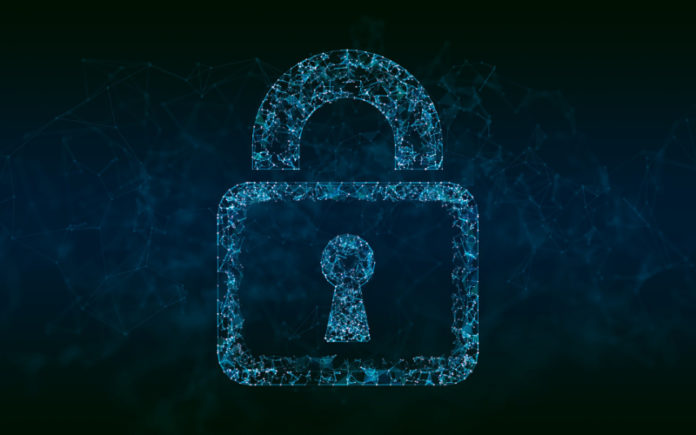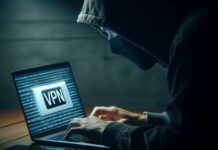The evolving threat landscape has changed the way cybersecurity and data protection are viewed by businesses. Gone are the days when cybersecurity was seen as the purview of experts. Today, organizations are increasingly turning to sustainable cybersecurity–a holistic strategy that combines skills, technologies, and processes–to combat attacks.
According to Daphne Ho, Director of GCSS, companies need to constantly improve their state of cybersecurity maturity as threats become more sophisticated and harder to predict.
“As the threat landscape evolves, companies will also need to keep pace. They need to improve and fine-tune their state of cybersecurity defenses over time to mitigate new and unknown threats and protect business operations from end-to-end,” Ho said.
Cybersecurity Ventures, a research firm dedicated to the global cyber economy, released a study that the global ransomware costs are expected to reach $265 billion by 2031.
The firm predicts that there will be a new attack every two (2) seconds as ransomware perpetrators progressively fine-tune their activities.
If a company’s cybersecurity posture is not strong enough to dodge an attack today and has yet to start planning ahead towards a sustainable cybersecurity strategy, it would be almost impossible for organizations to survive a massive threat in the future.
Sustainability lies in the ability to utilize finite resources for current requirements, with a long term approach that builds repeatability and scalability for evolving future needs. In a cybersecurity space, sustainability becomes important given the dynamic threat landscape and limited skilled talents.
That said, GCSS aims to raise awareness on the importance of achieving sustainability as companies progress in their cybersecurity maturity stages..
GCSS provides cybersecurity services ranging from assessment to deployment, operations and security monitoring, detection and response to address priorities at different stages for optimal efficacies.
“Cybersecurity is not a one-time ‘invest and forget’ effort, nor a cookie cutter template that applies to all organizations. Our customers engage us with strategic collaboration in mind, built around long-term shared goals and responsibilities, that support evolving landscape and business requirements,” Ho said.
Darrell Choong, Director for Technology of GCSS, highlighted the capabilities of the company in providing sustainable cybersecurity solutions to their customers. He explained why investing in security information and event management (SIEM) solutions would not suffice to combat cyberattacks that still have no end in sight.
“We have seen customers with million-dollar investment in SIEM solutions, but instead of reaping the returns, they are getting tons of alerts from false positives. Alert fatigue is one key challenge faced today, and this is not a sustainable approach. SIEM is not the culprit here – it is the rapid pace of technology adoption and the increased attacks in cyberspace today,” Choong said.
He added: “Instead of just looking at logs and alerts, GCSS offers a holistic view through multiple telemetry streams from advanced tools such as network detection and response (NDR) and endpoint detection and response (EDR), along with automated intelligence and continuous tuning as necessary.”
GCSS operates under the holding company of ABPGroup, which is the leading cybersecurity provider in Asia offering diverse cybersecurity frontiers in technology design and development, system integration, product distribution, and managed services.
“As ABPGroup extends our frontiers beyond cybersecurity products and integration, we want to do more to promote a cybersecurity culture that is built on the basis of sustainability,” said Sun Yi, ABPGroup CEO. “With GCSS, we are looking at solving customer immediate issues in managing cybersecurity complexities, while building an incubation ground for young talents to pave the way for a sustainable future.”
















